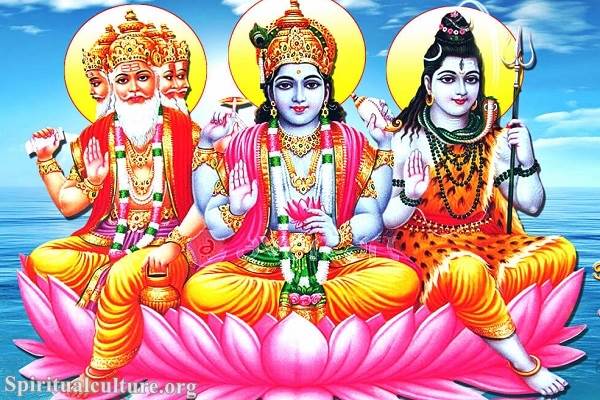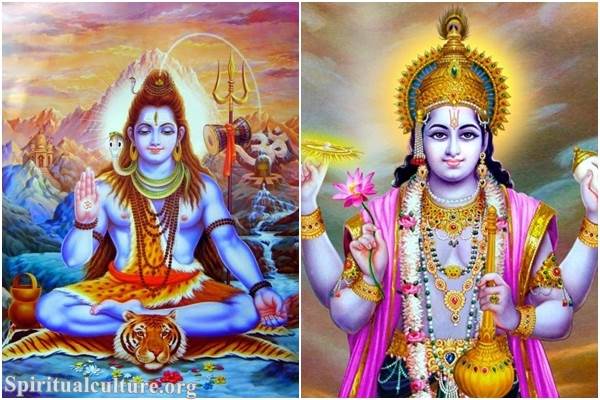In the timeless wisdom of the Bhagavad Gita, humanity encounters a transformative path: Karma Yoga. At the heart of this path lies a simple yet profoundly challenging call—to act without attachment to the fruits of our actions. Amidst the turmoil and desires that characterize human life, Karma Yoga offers a way to inner peace, clarity, and spiritual awakening.
As Spiritual Culture, we recognize the universal struggle of attachment and desire. Every person, regardless of background, experiences moments of conflict—torn between personal ambition and ethical duty, craving recognition and fearing failure. The Bhagavad Gita illuminates a different path, inviting us to discover a sacred liberation through selfless service.
This article explores the essence of Karma Yoga, highlighting its spiritual significance and practical application. By journeying deeply into Krishna’s teachings to Arjuna, we unveil a transformative way to live—where action becomes worship, service becomes liberation, and detachment reveals the soul’s true nature.
Understanding Karma Yoga: Beyond Mere Action
The Essence of Karma Yoga
The word “karma” commonly evokes the idea of fate or destiny, a cosmic law of cause and effect. However, in the Bhagavad Gita, karma is simply “action,” encompassing every thought, word, and deed. Yoga, meaning union, signifies the path to unity with the divine. Thus, Karma Yoga is the path of uniting one’s consciousness with the divine through action performed selflessly.
In Chapter 3, Verse 19, Krishna clearly states:
“Therefore, without attachment, perform the work that has to be done, because by performing action without attachment one attains the Supreme.” (Bhagavad Gita 3.19)
Here, Krishna emphasizes that it’s not action itself that binds us but rather the attachment to outcomes. Karma Yoga teaches the profound truth that liberation is found not in renouncing action but in renouncing attachment to its fruits.
Action versus Inaction
Krishna further clarifies this inaction versus action dilemma, knowing the human tendency to equate spiritual progress with withdrawal from the world. He advises Arjuna:
“Not by abstaining from work can one achieve freedom from action, nor by mere renunciation does one attain perfection.” (Bhagavad Gita 3.4)
In this teaching, Krishna gently dismantles the myth that spirituality requires renunciation of active life. Instead, true spiritual realization arises through fully engaging in life, acting consciously and compassionately, yet without selfish motives or personal ambitions.
Serving without Attachment: The Heart of Detachment
The Trap of Attachment
Attachment to outcomes is rooted deeply in ego—the illusory self we construct around achievements, roles, and desires. Such attachment perpetuates cycles of anxiety, disappointment, and suffering, regardless of external success or failure.
Krishna explains this clearly to Arjuna:
“You have the right to perform your prescribed duties, but you are not entitled to the fruits of your actions. Never consider yourself the cause of the results of your activities, nor be attached to inaction.” (Bhagavad Gita 2.47)
This verse encapsulates Karma Yoga’s profound wisdom—work earnestly, but surrender completely the expectation of personal gain. It invites a radical shift from ego-driven living to an expansive, spiritually liberated existence.
The Freedom of Detachment
Detachment, as taught in the Gita, is neither cold nor indifferent. It does not imply lack of compassion or engagement. Instead, it is deeply rooted in a profound understanding of one’s role within the cosmic order.
To serve with detachment is to act purely out of love, devotion, and responsibility—fully immersed in one’s duties, yet untouched by greed or pride. Krishna beautifully describes such a yogi:
“He who neither rejoices nor hates, neither grieves nor desires, renouncing both good and evil, full of devotion—he is dear to Me.” (Bhagavad Gita 12.17)
The heart of Karma Yoga thus lies in transcending the dualities of pleasure and pain, success and failure, joy and sorrow—finding equilibrium in every act performed for the divine purpose.
Practical Applications of Karma Yoga
Karma Yoga in Daily Life
While the concept may sound lofty, Karma Yoga is immensely practical. Every interaction, from mundane chores to professional duties, can be approached as sacred service. A simple shift in attitude—seeing each action as an offering rather than a means to personal reward—transforms daily life into spiritual practice.
For instance, consider the act of cooking for one’s family. Approached selfishly, this becomes a chore laden with expectations and frustrations. Approached as Karma Yoga, it transforms into an offering of love and service, freeing the mind from resentment or anxiety.
Professional and Social Duties as Spiritual Practice
Karma Yoga seamlessly integrates spirituality with everyday responsibilities. Rather than seeing spirituality as separate from worldly activities, Karma Yoga integrates both. Work, community service, social justice, parenting—each responsibility becomes a platform for spiritual growth.
Krishna advises:
“Perform your duty, Arjuna, and do it unattached, with your mind fixed on the Supreme. Do not desire the results of your actions; accept them as offerings.” (Bhagavad Gita 3.30)
Thus, in professional life, this means performing one’s role diligently, ethically, and without craving praise or reward. Socially, it involves acting out of genuine concern for the common good, free from ego-driven agendas.
Karma Yoga and the Path to Enlightenment
From Action to Liberation
Ultimately, Karma Yoga is more than ethical guidance; it is a direct path to enlightenment. Krishna teaches that action performed without attachment purifies the heart, freeing one from the bondage of karma and eventually leading to moksha—spiritual liberation.
“Abandoning attachment to the results of actions, always content and independent, one does nothing, although engaged in all kinds of actions.” (Bhagavad Gita 4.20)
This paradox—that one can act yet “do nothing”—reflects the enlightened state where ego dissolves, and actions flow spontaneously from the divine within.
Karma Yoga as Worship
Krishna further elevates Karma Yoga as an expression of divine worship. Every selfless act is a sacred offering, deepening one’s union with God. The Bhagavad Gita describes such devotion vividly:
“Whatever you do, whatever you eat, whatever you offer or give away, and whatever austerities you perform—do that as an offering to Me.” (Bhagavad Gita 9.27)
Here, the mundane becomes holy, and daily life becomes a continuous prayer—an unbroken communion with the divine.
Reflect and Reimagine
Karma Yoga is a profound spiritual discipline that transforms everyday life into sacred practice. As taught in the Bhagavad Gita, serving with detachment liberates us from ego’s grip, unveiling a life of inner freedom, joy, and spiritual fulfillment.
As Spiritual Culture, we invite you to reflect deeply: Can you embrace your daily responsibilities with renewed awareness, seeing each action as an opportunity for spiritual growth? What would change in your relationships, work, and inner life if every act became an offering rather than a means to personal gain?
Let Karma Yoga guide you gently toward liberation, peace, and ultimate union with the divine. Embrace each moment as sacred, each action as worship, and discover the profound joy of serving with genuine detachment.





